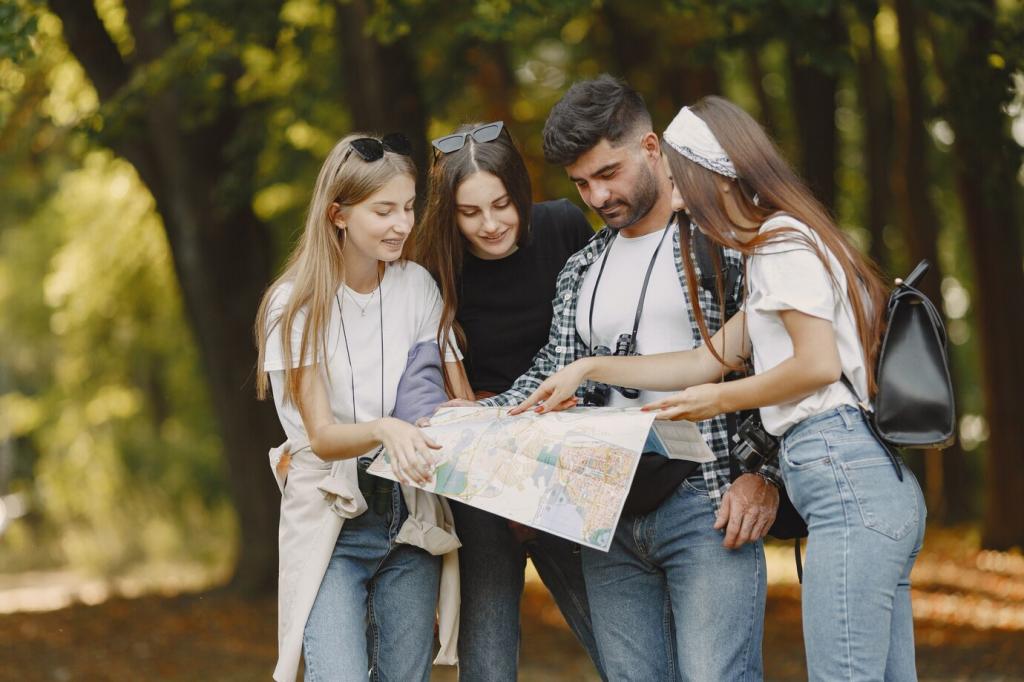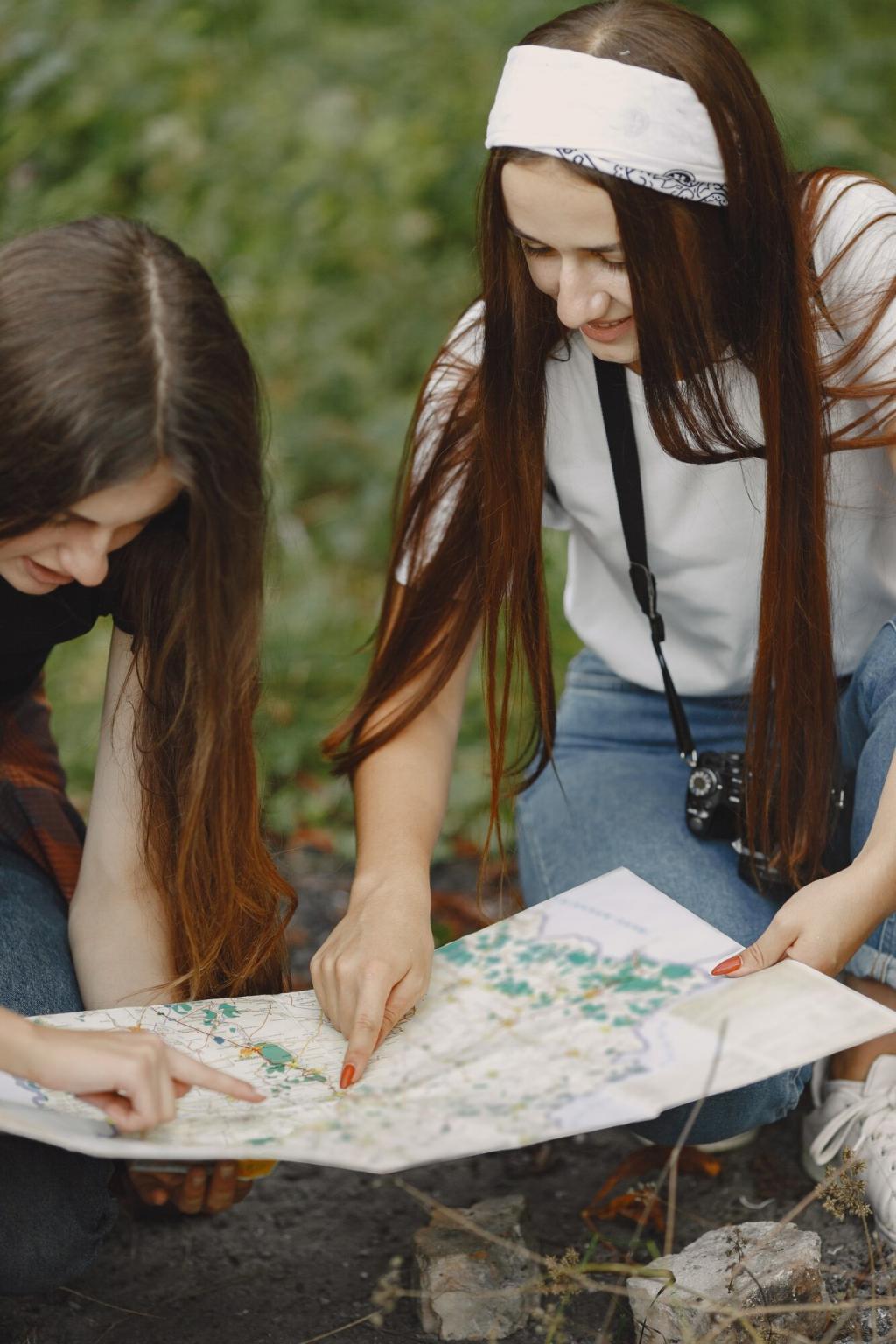Mastering the Art of Storytelling in Tours
Chosen theme: Mastering the Art of Storytelling in Tours. Step into a world where routes become narratives, facts breathe, and every corner offers a scene change. Join us as we shape richer, more memorable tours—then share your ideas and subscribe for fresh storytelling insights.
Hook, Stakes, and Payoff on the Street
Open with a vivid hook—an unanswered question at the first corner, the scent of bread from an old bakery, a puzzling symbol on a doorway. Establish stakes: why this story matters now. Pay off at the finale with a reveal that connects every breadcrumb guests noticed.
A Walkable Three-Act Structure
Act I sets context at an overlook, offering orientation and a promise. Act II complicates things among alleys and testimonies, raising tension at each stop. Act III resolves with perspective, a high point, and a reflective moment that invites guests to carry the story onward.
Breadcrumbs and Callbacks that Delight
Plant recurring motifs early—a carved anchor, a family nickname, a date barely visible above a lintel. Revisit them later with new meaning. Each callback rewards attention, reassuring guests they’re part of a thoughtfully woven journey rather than a list of disconnected facts.
Characters Who Walk Beside Your Group

From Names to Living People
Replace distant labels with texture: the apprentice who ink-stained his sleeves, the market baker saving coins for her daughter’s schooling, the mason whose lunch bread still crunches in memory. Details of work, worry, and hope turn names into companions your guests remember.

Ethical Composite Characters
Combine documented traits from several sources when records are fragmentary, but be transparent: explain that one voice represents many. Cite diaries and archives, and clarify where interpretation begins. Honesty strengthens trust and keeps storytelling luminous rather than misleading.

Casting Your Guests Inside the Story
Invite participation: ask who would brave the river crossing, who would argue with a town elder, who would carry the lantern home. Gentle role-taking shifts passivity to empathy. Encourage quick reflections, then fold the best responses into the continuing narrative.
Sensory Worlds and Micro-Scenes
Layer ambient sounds—a bell two streets away, tram wheels, gulls on the harbor. Offer textures: cool stone, worn stair rails, a page facsimile. Note discreet scents—a coffee roaster’s plume, cedar in a courtyard. Sensory anchors tether facts to feelings long after the tour ends.
Sensory Worlds and Micro-Scenes
Pause and stage a short moment: read two lines from a documented letter, then let a coin or replica ticket pass hand to hand. Tiny scenes compress time, letting guests inhabit a heartbeat of the past without turning the tour into theater or losing historical grounding.


Ethics, Accuracy, and Respect

Cross-check dates with at least two independent sources, verify quotations against original documents, and keep a living source log you can reference mid-season. Mark uncertainties as such. Updating a detail publicly models integrity and builds guest trust rather than eroding it.

Choice Points Along the Route
Offer meaningful decisions: two alleys, two perspectives, one limited time. Explain trade-offs and let the group vote. Ownership increases attention, and whichever path you choose, connect both options back to your central theme so curiosity about the “road not taken” still pays off.

Questions That Open Stories
Trade trivia for reflective prompts: What would you carry on a week’s journey? Which risk feels worth it today? Why might a regulation have seemed fair then? These questions move guests from spectators to interpreters, deepening empathy and multiplying conversational sparks.

Props, Maps, and Pocket Artifacts
Bring small, durable items—facsimile permits, a hand-drawn map, a stamped ticket. Passing an object creates a communal beat and slows time just enough for wonder. Ask guests what details they notice, then weave their observations into your next paragraph like seamless thread.
Crafting Endings that Linger
Mirror your first hook—a symbol from the doorway, a name in the ledger, a horizon you foreshadowed. When the beginning returns transformed, guests feel completion. They realize the route was a circle of meaning, not just steps, and the memory seals more firmly.
